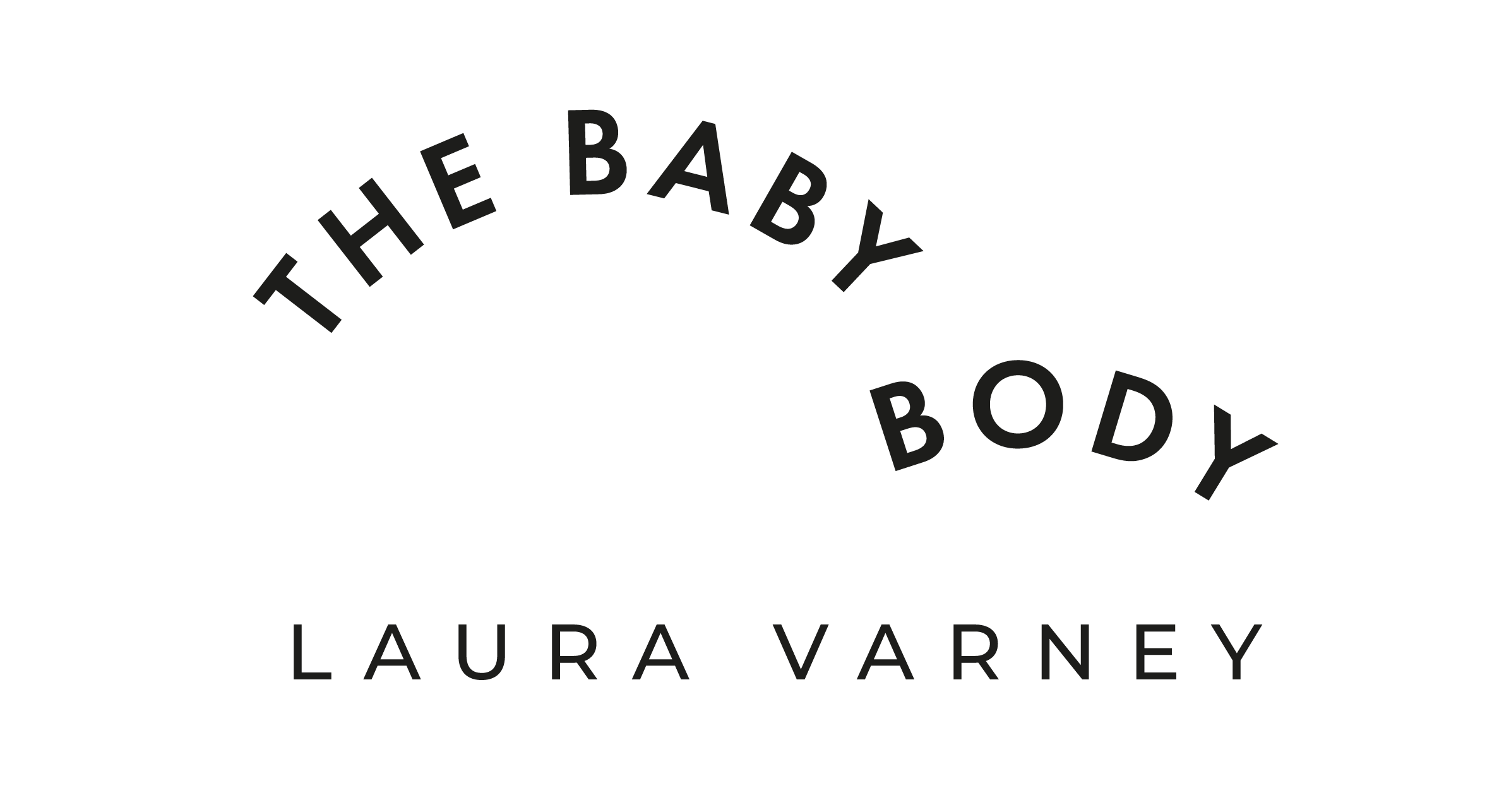HIIT or LISS - What Should You Be Doing?
HIIT or LISS - What Should You Be Doing?
I get asked all the time whether or not clients should be doing HIIT or LISS cardio workouts. First - what do these acronyms stand for?
HIIT stands for high intensity interval training, or working at a high intensity for a short period of time followed by a period of rest and then repeating the cycle. An example is sprinting on the treadmill for one minute and recovering with a walk for one minute for 15 minutes. Times can vary, this is just an example of a routine I use. If you don’t like to run on the treadmill, you can take it outside and use the streets in your neighborhood as a guide of high and low intensities. You could also do explosive exercises like burpees, jump lunges, jump squats or box jumps for a short period of time (30 seconds) and then recover for a short period of time (30 seconds).
LISS is low intensity steady state cardio. This could mean walking, jogging, swimming or riding a bike at around 60 percent of your maximum heart rate for 30-45 minutes.
How do you calculate your max heart rate? Subtract your age from 220. Example: if you’re 30 years old, your max heart rate is around 190. This does not take into account your athletic ability or how often you usually workout, so it could be 5-10 beats off.
So, the LISS range is would be around 114 (60% of the maximum heart rate). If you’re doing LISS, it makes sense to wear a heart rate monitor. This way you can make sure you’re in the 60 percent range.
Now that we know what HIIT and LISS are, what else should we know about them? They both hold value for different reasons.
LISS:
Can be done more frequently than HIIT because it’s less taxing on the body.
For weight loss, perform LISS in the morning on an empty stomach. Fasted cardio is great for fat burning.
BUT, it can be performed anytime throughout the day and will still remain effective. You can perform this type of cardio on strength training days or by itself.
In order to lose fat, we oftentimes have to go into calorie deficit ( reduced calorie intake and higher energy expenditure). By doing low intensity cardio, you're able to remain in that calorie deficit without having to drop to extremely low levels of calories. Why? Simple - it takes less energy to go for a 45 minute walk than to do 20 minutes of high intensity, explosive movements.
HIIT:
When you have 20-30 minutes to sneak in a workout, HIIT is extremely effective.
The after effect you get from high intensity training is called Excess Post Exercise Oxygen Consumption (EPOC). This causes your metabolism to increase for up to 48 hours after your workout.
Your body continues to burn fat post workout.
High intensity interval training can either be performed on strength training days (give yourself time in between sessions) or separately from your strength training, depending on how long your HIIT session is. If you plan on doing a 20 minute HIIT session and your strength training was pretty intense, maybe wait until later that day or the next day. Your body can only handle so much!
What should you be doing? The answer: both. Switch up your workouts. Work to your maximum capacity and sweat like crazy. Enjoy a nice walk/jog with your dog. You have a much greater chance of seeing results and sticking to a workout routine if you’re varying your workouts and constantly surprising your body.



